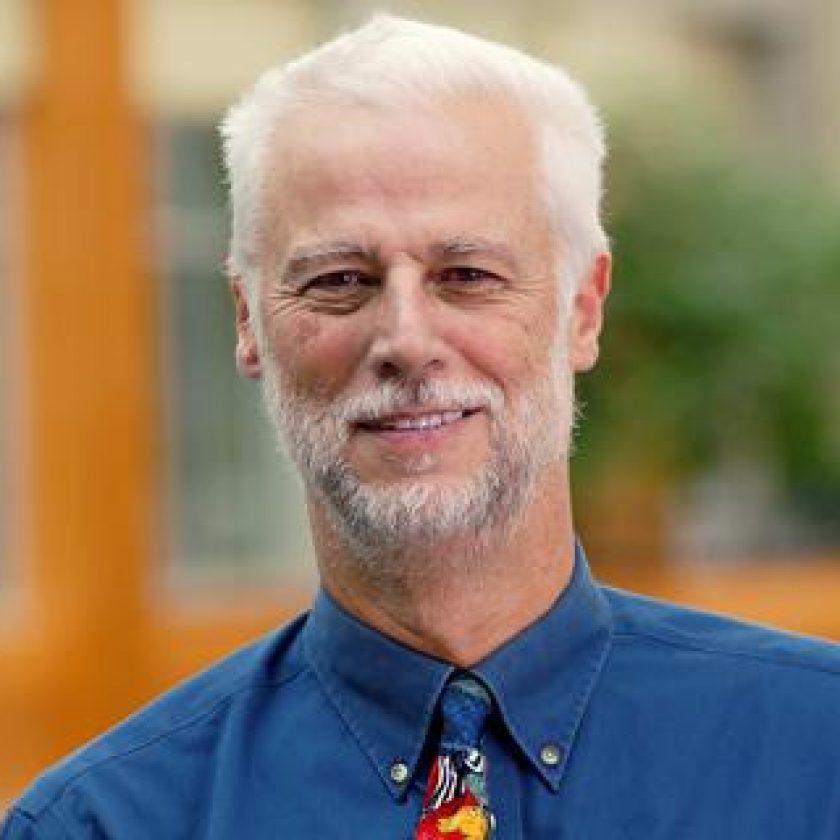Abstract
Deaf technology accepts the fact that a large number of deaf people use sign language and other visual communication in their everyday lives. The goal of deaf technology is not to improve hearing, but to maximize the ability of deaf people to use visual language and communication for accessibility. In this talk we will review the history of deaf technology and its influence on both deaf culture and integration of deaf people into mainstream society. We will discuss three projects at the University of Washington: (i) MobileASL, which is developing the video compression techniques needed to enable mobile video phone calls, (ii) ClassInFocus, which is using modern video conference technology to improve the classroom experience for deaf students who use either sign language or captioning, and (iii) ASL-STEM Forum, which is a video-enabled web forum for people to upload and discuss signs for science, technology, engineering, and mathematics. He will briefly talk about other projects for blind and low-vision people.
Biography
Richard E. Ladner, Boeing Professor in Computer Science and Engineering, graduated from St. Mary’s College of California with a B.S. in 1965 and received a Ph.D. in mathematics from the University of California, Berkeley in 1971, at which time he joined the faculty of the University of Washington. In addition to his appointment in the Department of Computer Science and Engineering, he is an Adjunct Professor in the Department of Electrical Engineering and in the Department of Linguistics. After many years of research in theoretical computer science he has turned his attention to accessibility technology research, especially technology for deaf, deaf-blind, hard-of-hearing, and blind people. He continues to work in design and analysis of algorithms, cache performance of algorithms, network algorithms for media-on-demand, data compression algorithms. He has continuing interests in automata based computational complexity theory and distributed computing. He was a Guggenheim Fellow in 1985-86 and a Fulbright Scholar in 1993. He has served as Pacific Region Representative on the Council of the Association of Computing Machinery (ACM). He is currently Chair of the ACM Special Interest Group in Algorithms and Computation Theory (SIGACT). He is an ACM Fellow and IEEE Fellow. He is a recipient of the 2004 Presidential Award for Excellence in Science, Mathematics and Engineering Mentoring (PAESMEM). He is the recipient of the 2008 Computing Research Association’s A. Nico Habermann Award. He is a winner of a 2008 Purpose Prize. He is a member of the Board of Trustees of Gallaudet University.


